Blog #8 - Woodcarving Tools: A Comprehensive Guide to Selecting and Using Hobby Knives
Author: Knife Supplies Australia Date Posted:2 June 2023
Woodcarving is an age-old art that combines creativity with manual skill. With just a block of wood and a well-chosen hobby knife, you can create beautiful works of art that bring satisfaction and fulfilment. Taking it beyond purely artistic aims, many woodcarving hobbyists enjoy carving functional objects such as bowls, spoons, and cups. In this guide, we’ll dive deep into the considerations for selecting and using woodcarving hobby knives.
Common Brands
When choosing your carving knife, the brand plays a critical role. Top-tier brands have earned their reputation through years of producing quality tools that meet the demands of woodcarvers across the globe.
BeaverCraft, established in 2014 and hailing from Ukraine, offers an extensive range of affordable tools and accessories suitable for everyone from beginners to experienced carvers. Their knives are made from high-quality carbon steel and handle materials include ashwood, oak, and walnut, ensuring durability and comfort.
Flexcut, an American brand founded in Pennsylvania in 1986, offers a similar range of carving tools to BeaverCraft. They utilise a flexible blade design featuring 1095 spring steel for an efficient carving experience. Their range of over three hundred tools is extensive, covering every possible woodcarving need.
Japan's Yoshiharu offers compact, traditionally styled knives featuring straight wooden handles and chisel-like blades, making them ideal for detailed work.
The well-known American pocket knife brand Schrade stands out for their small range of folding designs, providing safety and convenience.
Excel, another American brand, is famous in the generalist hobby craft and modelling community for their replaceable-blade hobby knives, which are also suitable for various woodworking applications including whittling, carving, and crafting.
Choosing the Right Steel: Striking a Balance between Sharpness, Durability, and Convenience
The blade's steel type is a crucial consideration. High-carbon steel, known for its long-lasting sharpness, is an excellent choice for woodcarving knives. It's relatively easy to sharpen despite its durability, which is a big advantage for carving tools that will see frequent use. Whilst carbon steel lacks corrosion resistance and is prone to rusting, many carving and hobby applications are in a dry indoor environment.
Stainless steel, on the other hand, is famed for its corrosion resistance, making it an excellent choice for those working in wet or humid conditions, or for those who want lower maintenance tools. It can be more difficult and take longer to sharpen than carbon steel, but the corrosion resistance it provides may be worth the trade-off.
Size Selection: The Key to Control and Precision
Selecting the appropriate size of your hobby knife is pivotal for effective carving. Large knives with long blades are ideal for removing large amounts of material when roughing out your carving's general shape, while smaller knives offer fine control for detailed work. Consider the scale and detail level of your projects before settling on a size.
Fixed vs Folding Design: Strength and Ergonomics vs Portability
Both fixed and folding knives have their merits. Fixed blades tend to be sturdier, providing greater control and force for deep cuts or working with harder wood. Folding knives, conversely, offer convenience, portability, and safety with their blades hidden within the handle when not in use.
Most woodcarving hobby knives will be of a fixed design, and should generally be your go-to choice, unless portability is a particularly strong requirement. Not only is there a far wider range of fixed blade carving knives, but they generally also feature better ergonomics.
Ergonomics: Ensuring Comfort for Hours of Carving
Choosing a knife with a well-shaped handle will help prevent pain and discomfort. This may seem like a minor consideration, but don’t underestimate it! It is common for woodcarving hobbyists to spend long periods, even hours at a time, working on a project.
Ergonomic handles that suit your hand size and grip style will reduce fatigue and cramping, allowing you to carve longer and with better control. Materials can also play a role; some prefer the warmth and organic feel of a wooden handle, while others prefer the durability and moisture resistance of a synthetic handle. For left-handed carvers, some brands offer ergonomic left-handed handles.
Understanding Blade Shapes and Styles
Different carving projects require different blade shapes and styles. For example, chip carving knives, with their short, pointed blades, allow for precise triangular cuts. Whittling knives, often with straight edges, are generalists used for a variety of cuts.
Sloyd knives, named after the Swedish educational system that popularised them, are versatile tools with a curved blade. Detail knives have a pointed tip perfect for intricate work, while roughing knives are designed to remove large amounts of wood quickly.
Specialty knives like gouges, v-tools, and hook (spoon) knives have their place too. Gouges, with their curved cutting edge, are brilliant for carving round shapes or hollowing out areas. V-tools or parting tools are used for making fine lines or intricate details, and hook or spoon knives are perfect for creating beautiful hand-carved spoons or bowls.
Wood Type: Match Your Tool to Your Material
Your choice of wood significantly affects the tools you'll need. Soft wood like pine or basswood are generally easier to carve and respond well to sharper, finely-edged tools. Hard wood like oak or gum (Eucalyptus) are dense and require more robust tools that can handle the additional resistance. It's important to match your knife's capabilities to the wood you're using to avoid damage to either.
Common Wood Carving Cuts and Techniques
Understanding the types of cuts used in woodcarving can also inform your choice of knife. The basic carving cuts include the straight cut or push cut, used for removing large amounts of material; the stop cut, used for defining boundaries; and the sweep cut, used for creating contours. More advanced techniques include the chip cut for removing small "chips" of wood for detailed designs, and the slice cut for smooth, controlled shaping.
Different styles of carving utilise these cuts in various ways. For example, whittling primarily uses straight and stop cuts, while chip carving—as the name suggests—uses chip cuts. Relief carving uses a combination of different cuts to create a picture or scene that stands out from the background.
Woodcarving Styles: Tools to Suit Your Artistic Vision
Lastly, consider the style of woodcarving you plan to undertake. If you're interested in whittling, a quality general-purpose whittling knife is a must-have. Chip carvers will need a set of chip carving knives, while relief carvers may need a broader set of tools, including various gouges and v-tools. Sculptural carvers, dealing in three dimensions, will need a versatile set of tools, including different sizes and shapes of knives, gouges, and possibly even chisels. Sloyd and hook/spoon knives are well suited to hollowing out spoons, bowls, and cups.
Conclusion
Navigating the world of woodcarving knives can seem overwhelming at first, but with a bit of research you can make informed choices that will enhance your carving experience. Remember, the right tools make a world of difference, and part of the woodcarving journey is discovering what works best for you through practice and trial and error. So, dive in, experiment, and above all, enjoy the rewarding process of transforming a simple piece of wood into a work of art. Happy carving!
If you have any questions or would like assistance in selecting a knife or knife sharpening equipment, please contact Knife Supplies Australia here:
Phone: +61 1300 792 340
Email: sales@knifesupplies.com.au


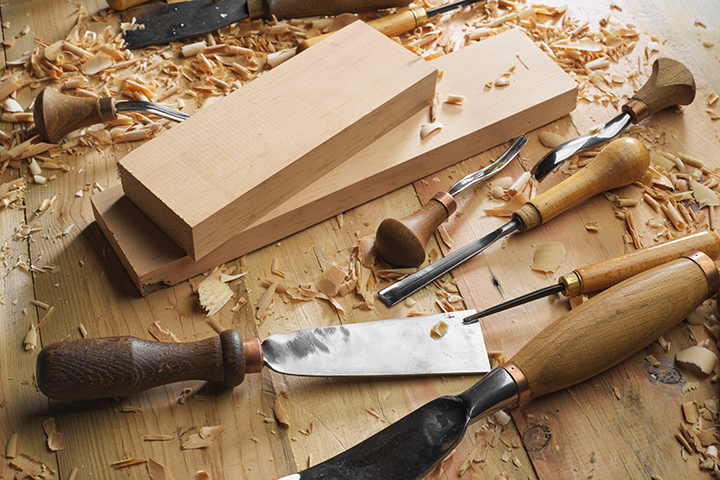
.png)
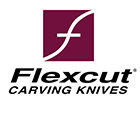


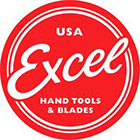
.png)
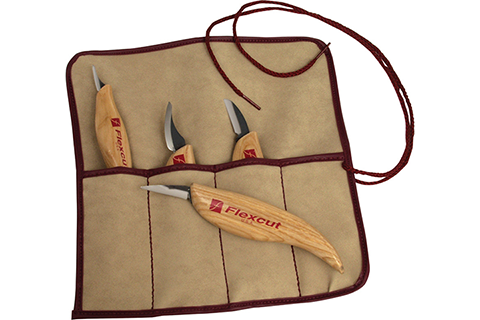
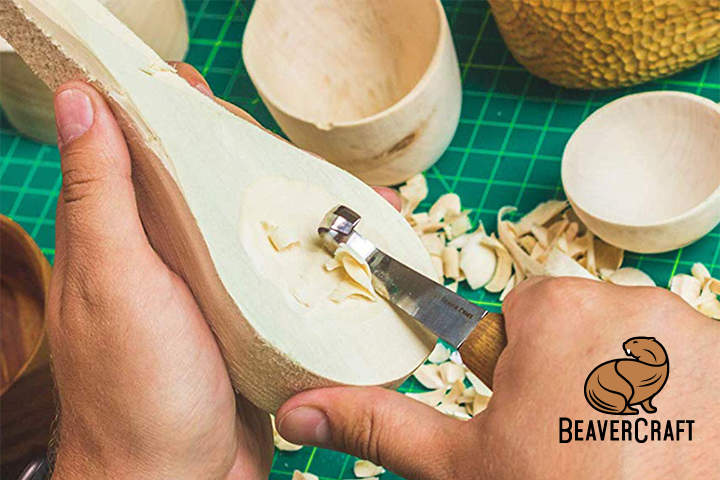
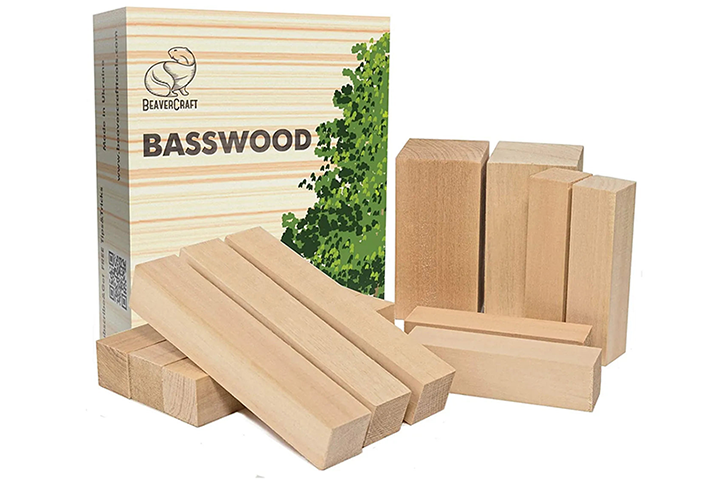
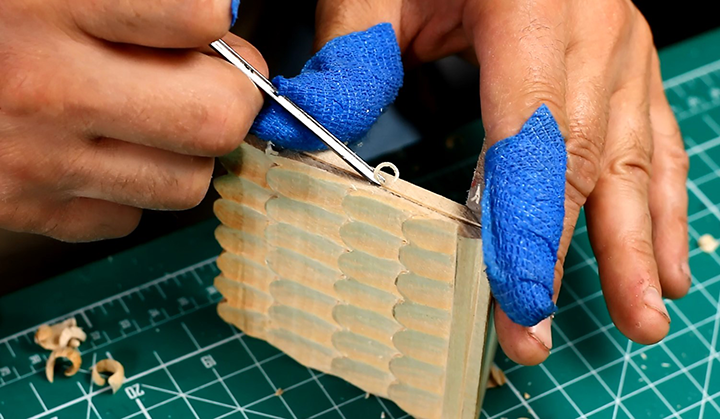
.png)




